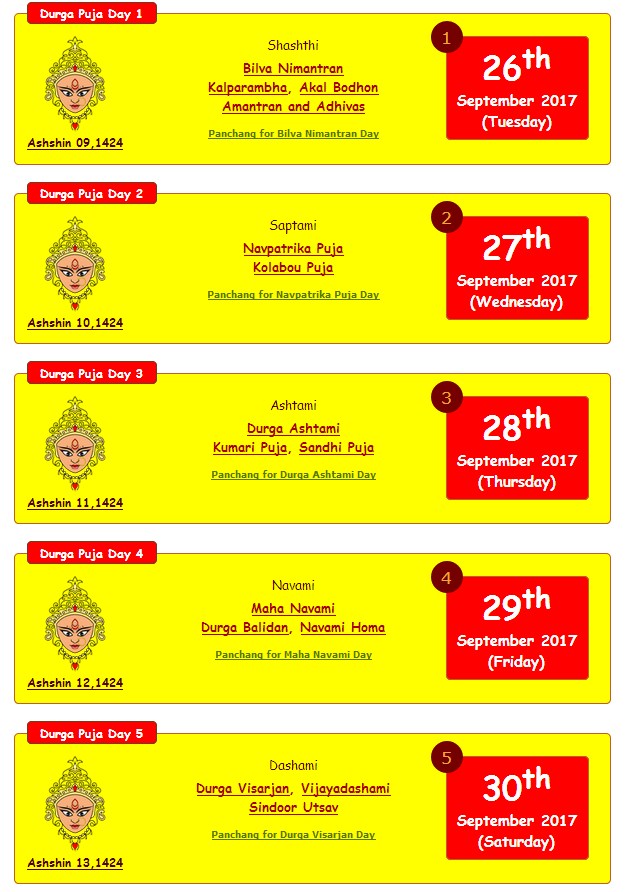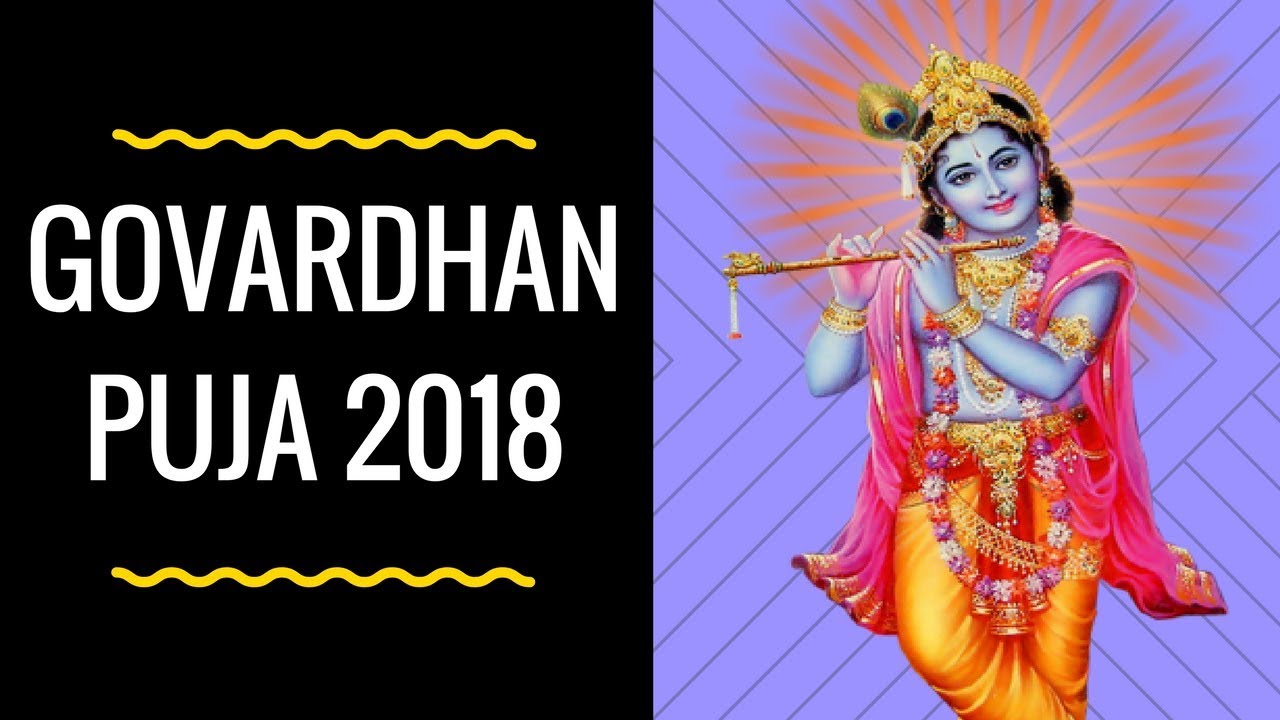Introduction:
Durga Puja, also commonly known as Durgostava or Navaratri, is a Hindu Festival, celebrated each year, in the month of September or October. It is celebrated according to the Hindu calendar named ‘Ashvin’. It has been celebrated for 10 days and the festival begins in the first day known as ‘Mahalaya’. The main celebrations begin from the sixth day of Navaratri known as the ‘Mahasasthi’. The tenth day and the last day of this festival is celebrated as ‘Vijaya Dasami’. The celebrations include dancing, chanting, shlokas, decorating pandals with deities statues, etc.
Mythology behind Durga Puja:
Durga Puja is celebrated, marking the victory of Goddess Durga against the demonic, shape-shifting, deceptive evil force named ‘Mahishasura’. Goddess Durga stays calm and defeats the evil force in order to bring peace to the World. This festival marks the end of Evil and victory of Good. Even though the main celebration of this festival is for three days, namely Mahasaptami, Mahaastami and Mahanavami, the Hindus start celebrating from the first day called as the ‘Mahalaya’, marking the advent of Goddess Durga in the battle against ‘Mahishasura’.
Durga Puja 2017 will begin on Tuesday, 26 September and ends on Saturday, 30 September.
Ten Day Ritual of Durga Puja:

AShraddha or Tarpan ritual is performed on this day. This ritual is performed by the Hindus for their ancestors, in their remembrance, to ensure that their soul reaches the heaven. This is also named as Pitru Paksha, where son gives Tarpan to his long gone parents. In Bengali, this day marks the descending of Goddess Durga to Earth and festive celebrations for Durga Puja commences.
Day 6: Mahasashti
The sixth day of Navaratri, is marked as the Maha Sashti or Devi Sashti. In Bengal, this marks the beginning of the grand celebration of Durga Puja. On this day, the pandals are decorated and God and Goddess statue are arranged with festive lighting in Pandals. A ritual named, ‘Bodhan’, which is unveiling the face of the deity statues are done on this day. In pandals, Goddess Durga occupies the center stage, with Goddess Lakshmi and Goddess Saraswati occupies her side positions. Following them, her children Lord Ganesha and Lord Kartikeya also occupy the stage.
Another ritual named, ‘Adhivasa’ also begins on this day, where many symbolic offerings are made to Goddess Durga, representing many subtle forms of her.
Day 7: Mahasaptami
During this day, the God and Goddess are bathed, the priest who will be performing the rituals are selected and elaborate prayers are conducted. Reciting of texts describing Goddess Durga heading to the war against the demonic forces are described. Another ritual named ‘ululu’ is also performed during this day. During this ritual, group meditation is performed by women. This is performed on the seventh day of Navaratri.
Day 8: Mahastami
Mahastami, is followed on the Eighth day of Navaratri. This celebration marks the climax of the battle of Goddess Durga with demon Mahishasura. During this day, more prayers, recitation, are performed marking the end of war. At the end of this day, Sandhi puja is performed, which is a forty eight minute high point celebration, on the victory of Good over evil. Kumari Puja is also celebrated during this day, where young girls are worshipped since they are considered as a form of Goddess Durga herself.
Day 9: Maha Navami
Sandhi Puja takes place during the first 24 minutes of Navami and marks the destruction of evil and Victory of Good. Many homas, a Vedic ritual are performed during this day and puja for all the deity statues are done on this day.
Day 10: Vijaya Dasami
This is the tenth and the last day of Durga Puja celebrations and during this day, the deity statues are carried to the river or ocean with a lot of chanting, dancing and singing. And then, the statues are immersed in water, as a form of bidding goodbye to the God and Goddess. It is believed that on this day, Goddess Durga returns to Mount Kailash to join her beloved husband Lord Shiva.
Durga Puja Mantras – Puja Aarambh:
Conclusion:
Even though, celebration may vary from place to place, the reason behind this festival remains the same. Destruction of Evil and Victory of Good.

